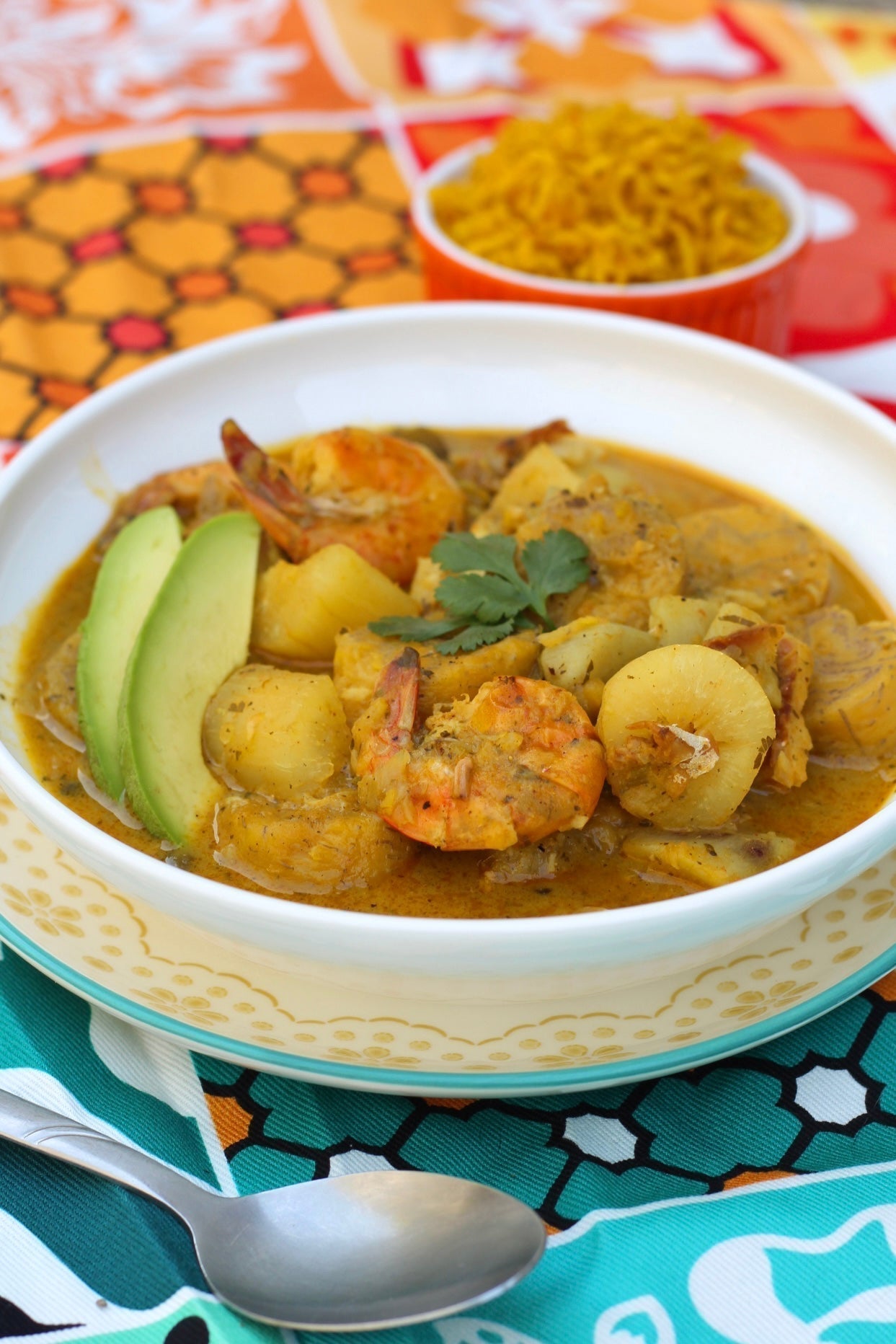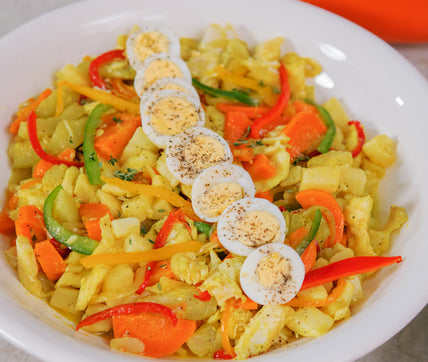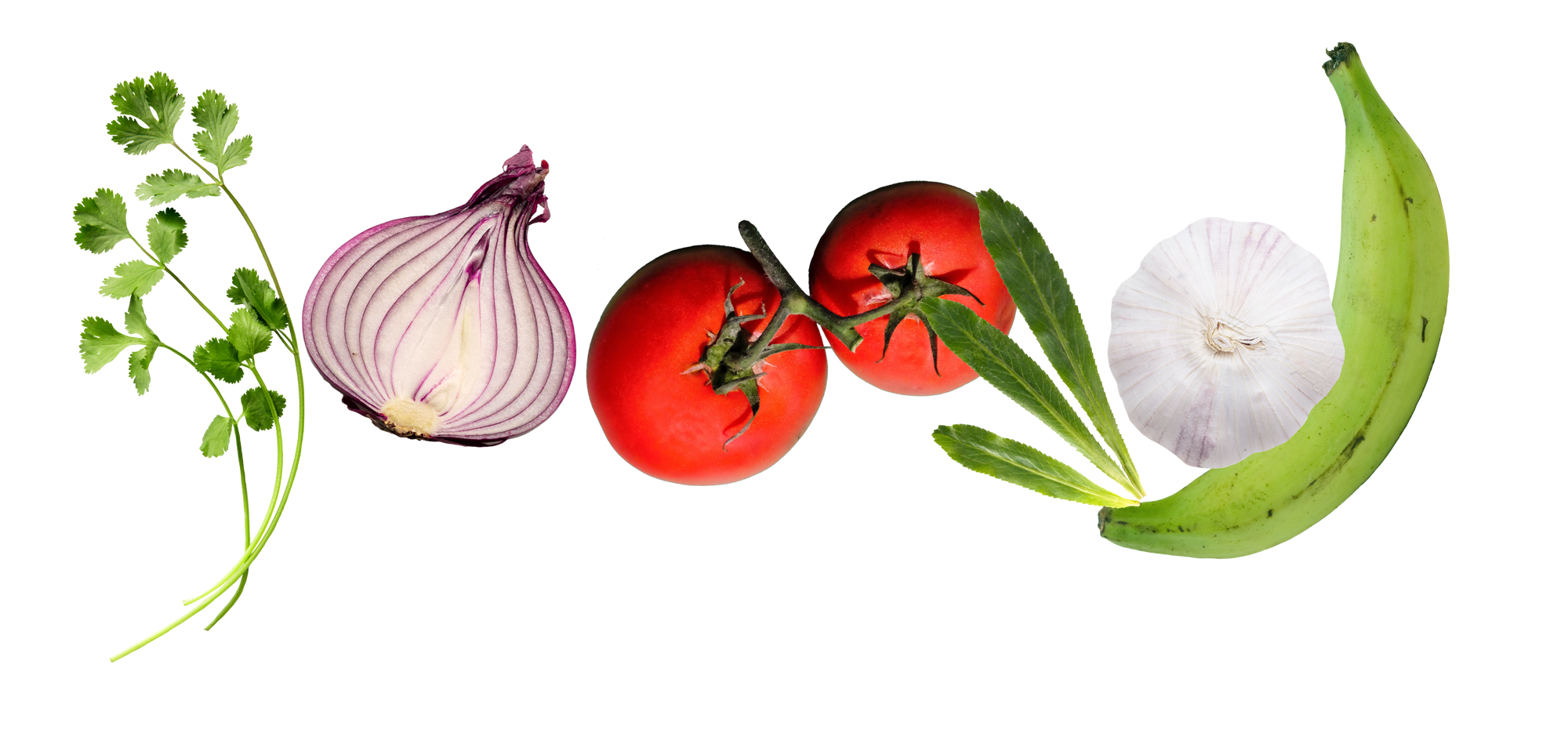
Caldo Santo
Creamy coconut seafood stew.
By: Franchesca Livraghi | @breakthrukitchen
Caldo Santo is a comforting coconut seafood stew that I love to cook for Semana Santa. It’s rich and flavorful, made with tender root vegetables, shrimp, bacalao, and red snapper. The recipe comes from Loíza, Puerto Rico, a town known for its Afro-Caribbean traditions, which makes it even more special to bring to life with Loisa seasonings!
This dish translates to “Holy Broth” and is traditionally made during lent as a meatless option that still feels hearty and satisfying. Every bite is layered with flavor from the coconut milk, Loisa Sofrito, Sazón, and Adobo. It’s one of those meals that just hits the spot and makes you feel connected to something deeper, like home, family, and culture all in one bowl.

Make a quick achiote oil
First thing you’re gonna do to prepare this Caldo Santo is make a quick and easy achiote oil. This is what gives the stew its signature golden color and a subtle earthy flavor. Just heat up some Loisa Organic Annatto Seeds in oil for about a minute, then just scoop out the seeds after and keep that flavorful oil in the pot to start building the base of the stew.
But be careful here, heating the achiote seeds any longer than 1 to 2 minutes will burn them and make the oil taste bitter.

Use shrimp, bacalao, and red snapper
For the seafood, this dish traditionally uses shrimp, bacalao, and red snapper, which give it that classic Caldo Santo flavor and texture. Bacalao adds a salty, rich depth, shrimp brings sweetness, and red snapper holds up beautifully in the broth.
But you can totally make it your own. Crab, grouper, or really any firm fish you have on hand will work just fine. The key is using a mix that adds variety and holds together while simmering in the coconut broth.

The best víveres for this recipe
The best víveres for this recipe are batata, calabaza, green plantain, and yuca. Batata adds a little bit of sweetness and is a classic in Caldo Santo. It’s kind of like a sweet potato, but with a firmer texture. Calabaza gives the stew its beautiful golden color and melts down into a creamy texture, just like in habichuelas guisadas and sancocho.
Plantain is necessary and you can use either green or ripe, but green is better for naturally thickening the broth since it has more starch than the yellow ones. Yuca holds up well in the stew, but if you don’t have any, you can swap it for yautía or malanga.

What to serve with Caldo Santo
The best sides to serve with Caldo Santo are white rice, yellow rice, or tostones. I love using Loisa’s Yellow Rice because it’s easy and super flavorful. And you can’t forget a few slices of avocado and a sprinkle of fresh cilantro on top to bring it all together.





